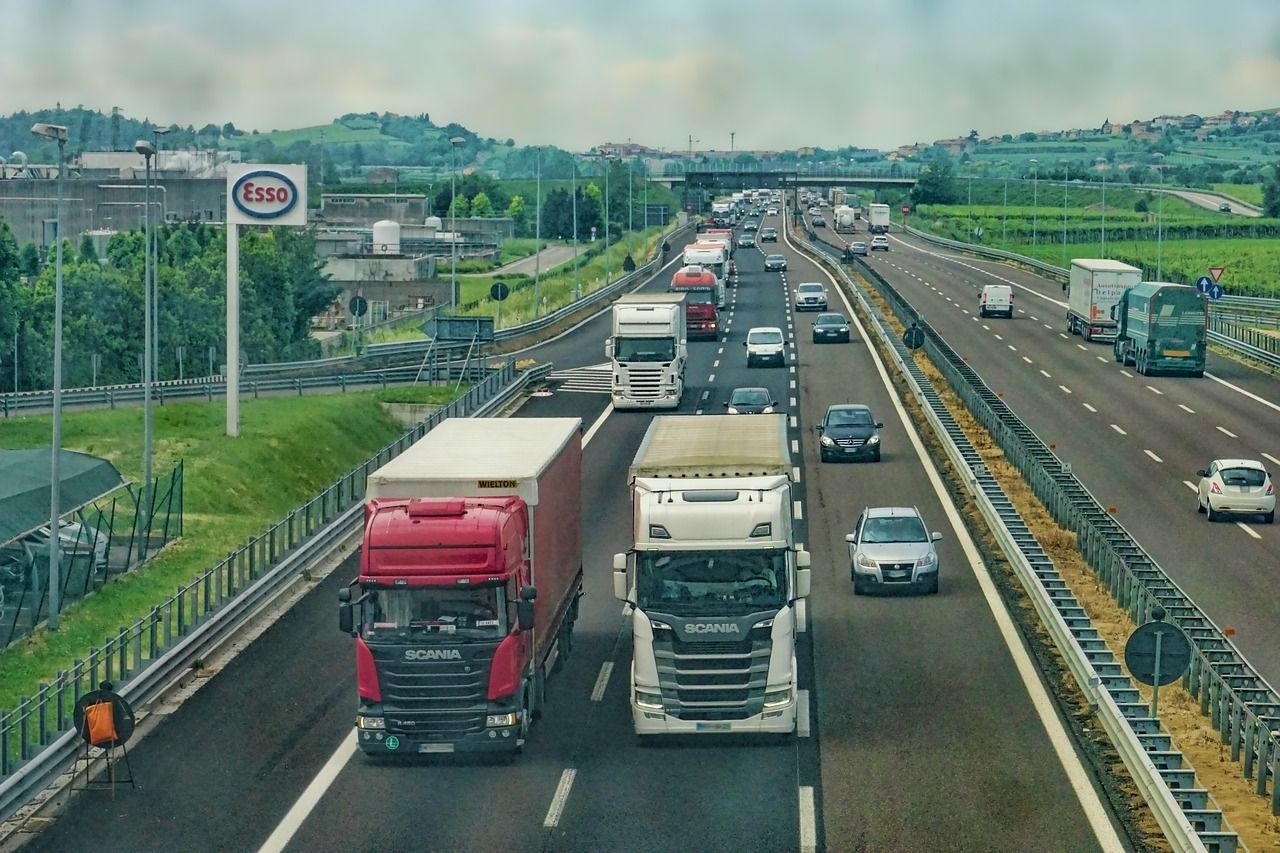
🚗 Less emissions in Sweden – in spite of traffic increase
More electric cars on the roads is a big reason why emissions from road traffic decreased last year.
Share this story!
Despite the fact that car traffic increased by four percent and truck traffic by six percent last year, total emissions from road traffic decreased by 0.3 percent, according to the Swedish Transport Administration, Trafikverket.
A major reason for the decrease is that the proportion of electric vehicles on the roads has increased. The proportion of electric cars that were newly registered increased from 10 percent in 2020 to 19 percent in 2021. If we also include plug-in hybrids, 45 percent of all cars registered in Sweden last year were rechargeable.
Now a reduction of 0.3 percent is quite modest, but it is still a step in the right direction. A sign of this is that Sweden previously had the highest carbon dioxide emissions per kilometer for new passenger cars within the EU. But last year we had the second lowest carbon dioxide emissions of new cars in the whole of the EU.
The Swedish Transport Administration has also calculated how much emissions would have decreased if traffic had not increased. As it turns out, with those parameters, the reduction would have been four percent. Still not up to the nine percent per year that the Swedish Transport Administration believes is necessary for Sweden to reach its emission targets by 2030, but a big step forward.
Looking at how many electric cars roll on the roads, that proportion was up to 5.9 percent in 2021. In 2020, that figure was 3.6 percent.
In addition to the electrification of the passenger car fleet, an increase in biofuels, through an increased duty to reduce petrol and diesel, is also an essential factor in reducing emissions.
"More than a quarter of the energy we now use in road traffic is fossil-free and renewable. Between 2020 and 2021, the proportion increased from 24 to 26 percent, this is mainly due to the increased reduction obligation", says Marie Hagberg Backlund, head of department at the Swedish Transport Administration, in a press release.
By becoming a premium supporter, you help in the creation and sharing of fact-based optimistic news all over the world.


